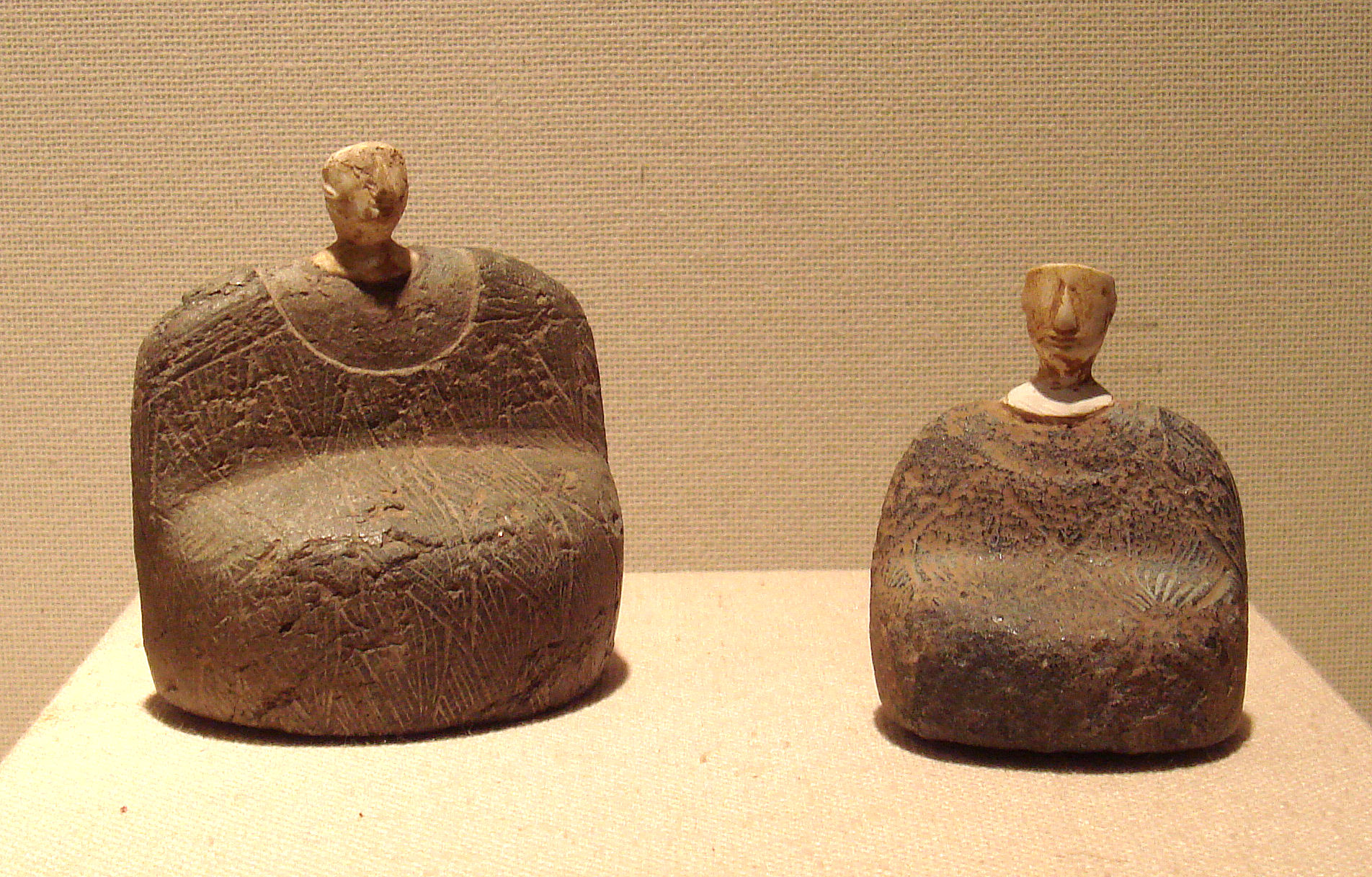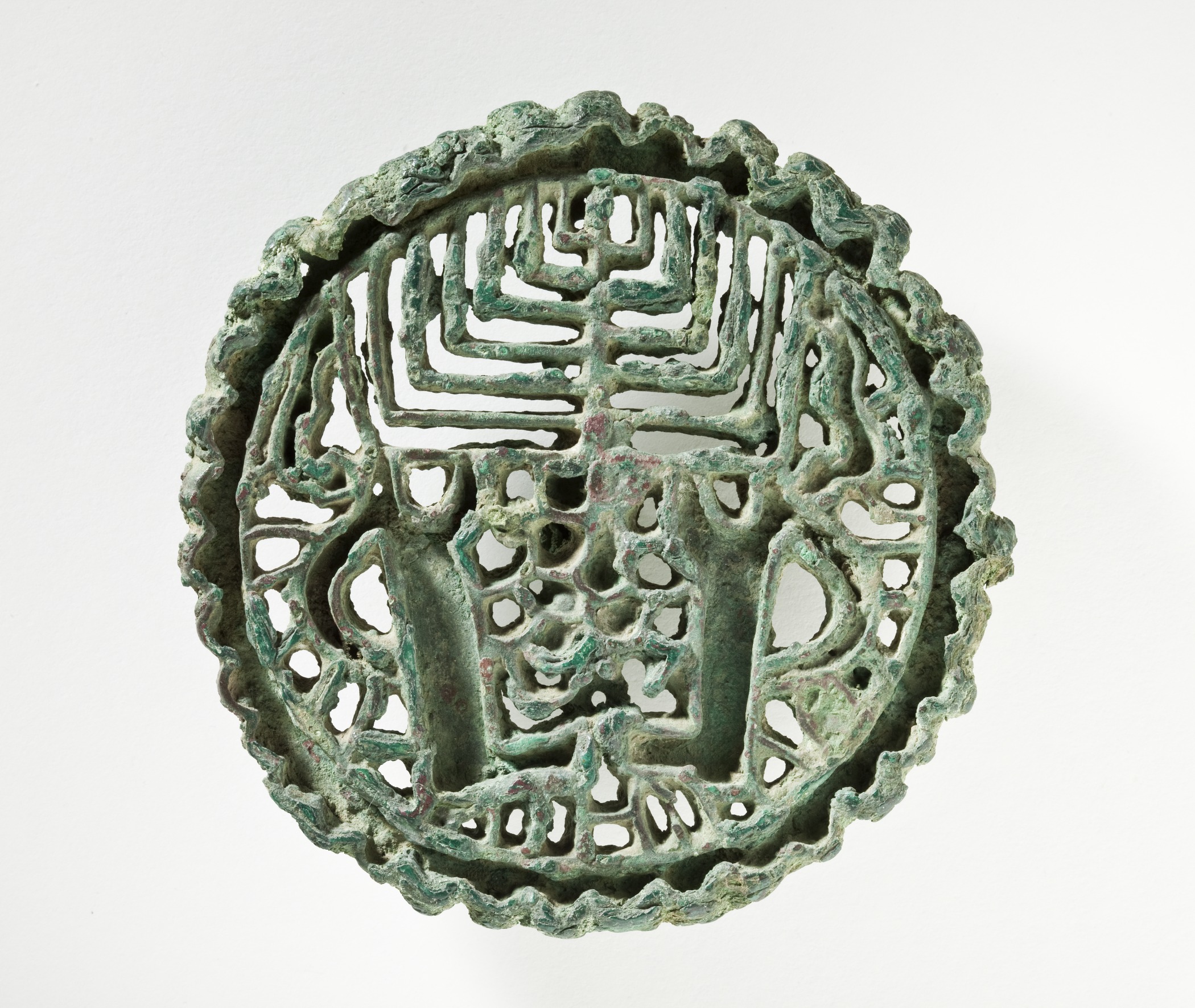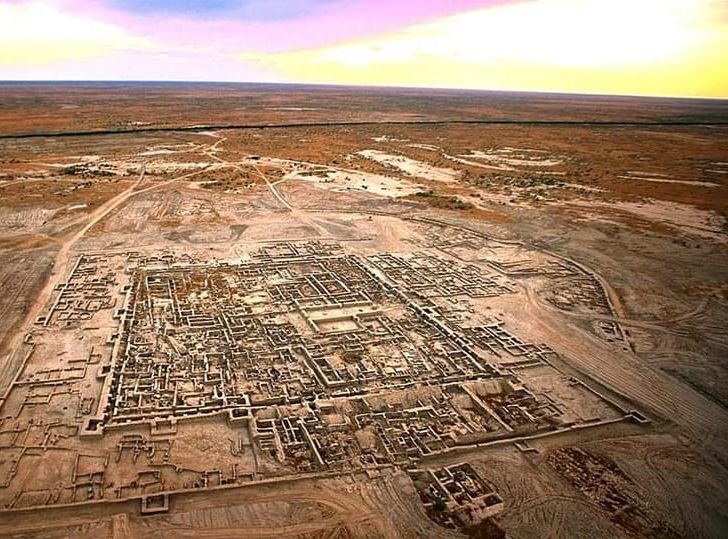Gonur Depe is an archaeological site of the ancient civilization of Margiana, located in the Karakum Desert of Turkmenistan. This Bronze Age settlement, part of the wider Oxus civilization, is considered one of the earliest urban centers in the region. The site includes a complex of palaces, temples, and residential structures, and is thought to have been an important religious and administrative center. Discovered in the 1970s, Gonur Depe has since revealed a wealth of information about the Bronze Age people who thrived in Central Asia.
Oxus civilization

The Oxus civilization, also known as the Bactria-Margiana Archaeological Complex (BMAC), represents a remarkable and sophisticated Bronze Age culture that flourished in Central Asia, particularly in what is now northern Afghanistan, Turkmenistan, Uzbekistan, and Tajikistan. This civilization thrived approximately between 2200 and 1700 BC, situated between the Amu Darya (Oxus) and Syr Darya (Jaxartes) rivers, hence its name. The Oxus civilization is characterized by its advanced urban development, distinctive cultural artifacts, and complex societal structures, which have intrigued historians and archaeologists alike.
Archaeological excavations have revealed that the Oxus civilization developed a number of fortified urban centers, with Gonur Tepe being one of the most significant sites. These cities were well-planned, featuring complex irrigation systems, monumental structures, and residential areas. The presence of these features indicates a high level of organization and suggests that the Oxus civilization had a centralized form of governance. The economy of the Oxus civilization was based on agriculture, facilitated by the development of irrigation techniques, as well as on trade with neighboring regions, including the Indus Valley civilization and the societies of the Iranian Plateau.
One of the most distinctive aspects of the Oxus civilization is its unique material culture, particularly its artifacts made of chlorite and calcite. These include intricately carved vessels, figurines, and seals, which often depict complex scenes involving animals, humans, and mythical creatures. The craftsmanship of these artifacts demonstrates a high level of artistic skill and suggests that the Oxus civilization had developed its own set of religious or symbolic beliefs, which remain a subject of scholarly debate.

The Oxus civilization also made significant contributions to the development of metallurgy in the ancient world. Archaeological evidence indicates that they were skilled in the working of metals such as copper, bronze, gold, and silver. This expertise not only facilitated the creation of tools and weapons but also allowed for the production of ornate jewelry and ceremonial items, which have been found in burial sites and suggest the existence of social stratification within the Oxus society.
Despite its achievements, the decline of the Oxus civilization around 1700 BC remains somewhat enigmatic. It is believed that a combination of factors, including climatic changes, shifts in trade routes, and possibly invasions by nomadic tribes, contributed to its downfall. The decline of the Oxus civilization led to a period of cultural and political fragmentation in the region, which lasted until the rise of the Achaemenid Empire in the 6th century BC.
The study of the Oxus civilization provides valuable insights into the complexity and interconnectedness of ancient societies in Central Asia. Its contributions to the fields of urban planning, agriculture, metallurgy, and art highlight the sophistication of this Bronze Age culture. Despite the challenges in fully understanding its history and culture due to the limited written records, ongoing archaeological research continues to shed light on the significance of the Oxus civilization in the broader context of ancient Eurasian history.
FAQ: The Oxus Civilization
What is the Oxus Civilization?
The Oxus Civilization, also known as the Bactria-Margiana Archaeological Complex (BMAC), refers to an ancient culture that flourished in Central Asia, particularly in the region surrounding the Amu Darya River (formerly known as the Oxus River) during the late Bronze Age, around 2300-1700 BCE. This civilization is noted for its advanced urban development, sophisticated agricultural practices, and the creation of impressive architectural structures, including fortified settlements and irrigation systems. The Oxus Civilization is also recognized for its distinctive artifacts, such as intricate gold and silver work, ceramics, and the use of a yet undeciphered writing system, which collectively point to a complex and highly organized society.
Was the Oxus Civilization Indo-European?
The linguistic and ethnic composition of the Oxus Civilization remains a subject of debate among scholars. While there is no direct evidence to conclusively determine the linguistic affiliations of the Oxus Civilization’s inhabitants, some researchers have speculated that they might have been Indo-European speakers, potentially related to the later Indo-Iranian groups that are known to have inhabited the region. This hypothesis is partly based on the later historical presence of Indo-European languages in the area and the cultural and material connections between the Oxus Civilization and other Indo-European communities. However, without definitive linguistic evidence, the question of whether the Oxus Civilization was Indo-European remains open to interpretation.
What is the Bactria Margiana Archaeological Complex?
The Bactria Margiana Archaeological Complex (BMAC) is another name for the Oxus Civilization. This term specifically refers to the archaeological sites found in the ancient regions of Bactria and Margiana, corresponding to parts of modern-day Afghanistan, Turkmenistan, Uzbekistan, and Tajikistan. The BMAC is characterized by its unique material culture, including architectural remains, agricultural tools, and artistic artifacts, which highlight the civilization’s technological and cultural achievements. Archaeological excavations of BMAC sites have revealed a society with complex social structures, trade networks extending as far as the Indus Valley and Mesopotamia, and religious practices that may have influenced later cultures in the region. The BMAC is a key subject of study for understanding the development of early urban societies in Central Asia and their interactions with neighboring civilizations.

